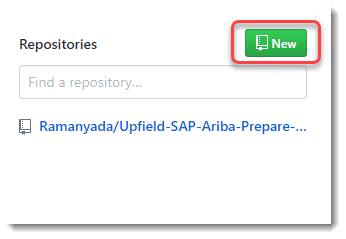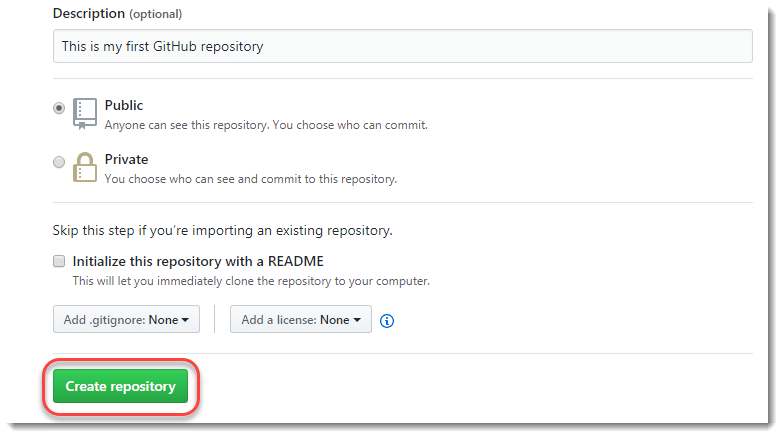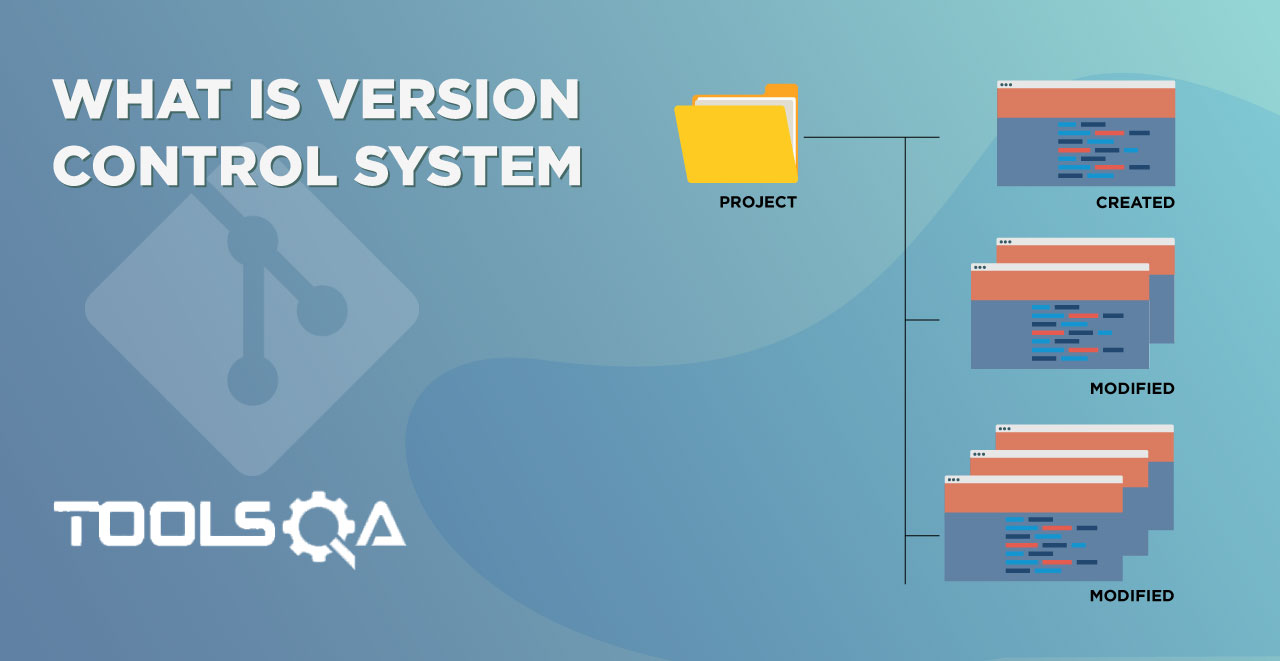GitHub repository is a remote repository on GitHub's server. It is quite obvious since GitHub is a web hosting service for Git repository. Create GitHub Repository gives us many advantages. You must be quite familiar with those if you have gone through the GitHub introduction post. One of the major advantages is that you can share your repository just like this article on the internet. It is the easiest and most convenient way.
Since now we are part of the GitHub community and have set our account. There is no point in waiting for something, so let's start exploring GitHub for what it was meant to be. Throwing some light on the subject of this post, this post will walk you through:
- GitHub Repository and its importance
- Types of GitHub repositories.
- Creating a repository on GitHub
What is a Github Repository?
In simpler words, a repository on GitHub is a GitHub repository. Just like a repository on Git is a Git repository. A repository is similar to a folder and a GitHub repository becomes a folder that is available online on the cloud for the people to download, access, and contribute. This folder contains the code files of the project which can now be used by other people.
GitHub was introduced to share the repository with other people who are interested in something that the user is doing or contribute to the repository on which the user himself is interested. GitHub repository helps to connect people.
For example, you are working on a project and someone wants to contribute to your project, you share your GitHub repository with him. Or you are working on someone else's project and a person gets interested in the same project, repositories are shared amongst interested people.
Pushing the changes becomes super easy since the developer just needs to push only changes and not the complete file. A GitHub repository plays a vital role among the developers to develop something easy and make it available to the whole world. It might sound like something this important would be very hard to create. But, on the contrary, it is very easy to create a new repository and linking it to your local repository. Bur before creating the repository, let's see the types of repositories available on GitHub.
Types of repositories in GitHub
GitHub provides two types of repositories for the user to choose and perform their tasks in.
- Public repository
- Private Repository
Here, I will explain both of them providing necessary details.
What is a public repository on GitHub?
A public repository on GitHub is a repository that is public to everyone. A public GitHub repository will be visible to everyone. Anyone can see it on GitHub by either searching, redirecting through a link, etc. Making a repository public will include the risk of providing your code to everyone. Since anyone can see the repository, anyone can download the code and use it in his project. Although referring to this process as a risk would be wrong since the majority of the greatest projects and software on GitHub were public repositories only so that people from all around the world can come and contribute. Selenium stands as a true example.
What is a private repository on GitHub?
A private repository on GitHub is the repository which is only visible to a few authorized persons. Private repositories are not visible unless you are invited to contribute. Private repositories are generally used by organizations and teams who do not want any outside interference and still want to develop code within the team. This is very helpful in cases where team members are not geographically located at a single place. A user has full authority to decide who can join the team and reject other people. A user can also change his repository visibility to the public whenever he wants. Public GitHub repositories are free to use while private has subscription plans.
How to Create GitHub Repository?
GitHub repositories are easy to create and easy to manage. While going around the GitHub settings, we came across some preferences and options to save our repository settings such as sharing and restricting its usage. In this section, we will try to create a repository on the GitHub account and see how it looks once created.
-
To create a GitHub repository, visit the GitHub website.
-
Log in to your account.
-
The landing page would be your dashboard. Since my account has just been created, the link to create a GitHub repository would be seen on the home page only.

If the account is not new then the above options will not be visible on the home page. To create a repository on an old account, click NEW on the left panel of the home page.

It will take you to the same page.
- You will reach the GitHub Repository creation page. Enter the repository name that is unique within your working/owner space. GitHub will automatically tell you this once you enter the name with a small green tick.

- Fill up the other options given on the page and press Create repository as shown.

Note: Readme file gives the instructions and description of your project. Please ignore this option for now along with the .gitignore and license option. They will be explained when necessary.
- If you land on the following page after pressing the button, congrats!! you have created your first GitHub repository.

It was an easy one-step process to create a GitHub repository. But, currently, we do not have any code to share. We will make use of the Git repository on which we worked on in the linked tutorial. The next tutorial will be about linking an existing repository with a GitHub repository to make our work easy.














